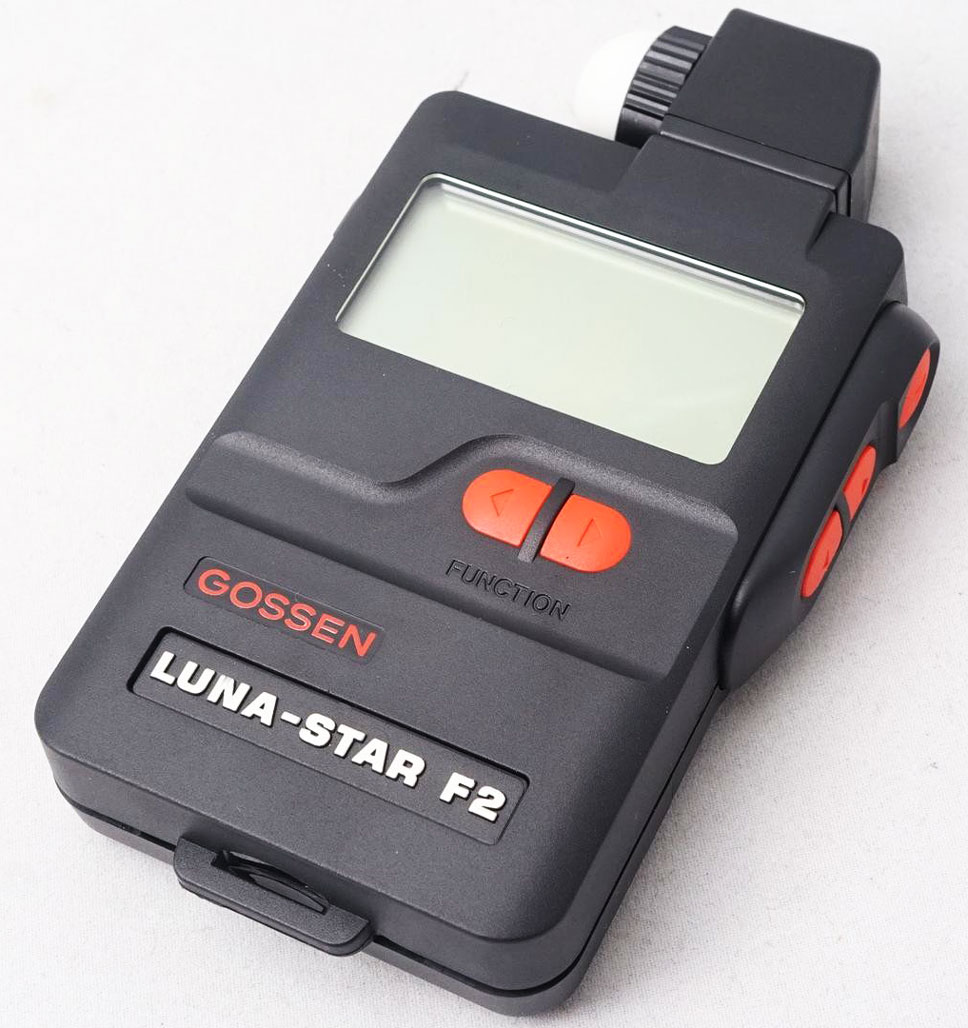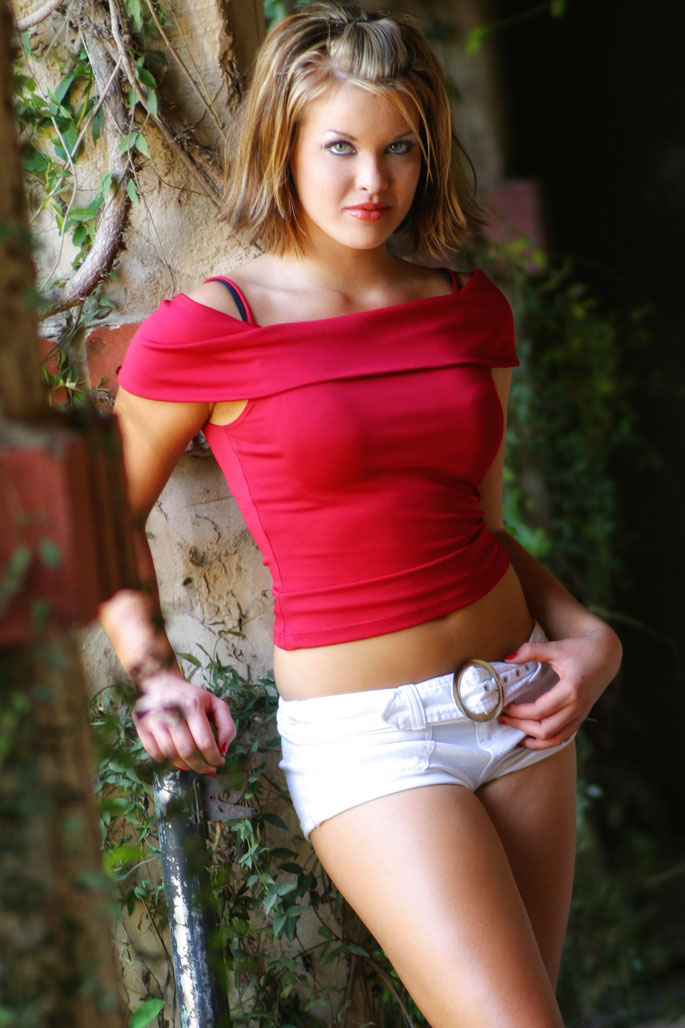Today’s Post by Joe Farace
 All modern cameras have some kind of built-in light meter and many even have spot meters but I still occasionally use a hand-held meter, especially when photographing people outdoors.
All modern cameras have some kind of built-in light meter and many even have spot meters but I still occasionally use a hand-held meter, especially when photographing people outdoors.
My current hand-held meter is an old Gossen Luna Star F2. Yes it’s old but it’s also small, lightweight and takes reflected or the incident readings that I like to use when making portraits outdoors. Incident metering reads the intensity of light falling on the subject, rather than what’s reflected by it. The meter also measures flash, making corded or non-corded flash readings in my home studio.
 Tip: If you don’t own a hand held meter but do have an iPhone, consider Pocket Light Meter, an app that lets you to use your phone as a light meter.
Tip: If you don’t own a hand held meter but do have an iPhone, consider Pocket Light Meter, an app that lets you to use your phone as a light meter.
While working with portrait subjects, I like to measure the light on both sides of a person’s face to determine the lighting ratio.
There are all kinds of rules of thumb telling you what the ideal ratio is but Renaissance painters used a technique called chiaroscuro that featured ratios that would make most studio photographer’s hair stand on end but created art that has transcended the centuries.
The “right” ratio—for you—will vary depending on the shape of the subject’s face and the look you want to produce for the final image.
How I made this portrait: The portrait of Andrea at left was made with Canon EOS 50D and one of my favorite lenses, the wonderful but now discontinued EF 135mm f/2.8 SF lens, with a Manual mode exposure of 1/125 sec at f/2.8 and ISO 200.
If you’re interested in learning how I shoot available light glamour portraits, please pick up a copy of Available Light Glamour Photography which is available new from Amazon.com for $29.95 or used starting around twenty bucks, as I write this. The Kindle version is $28.45 for those preferring a digital format.
